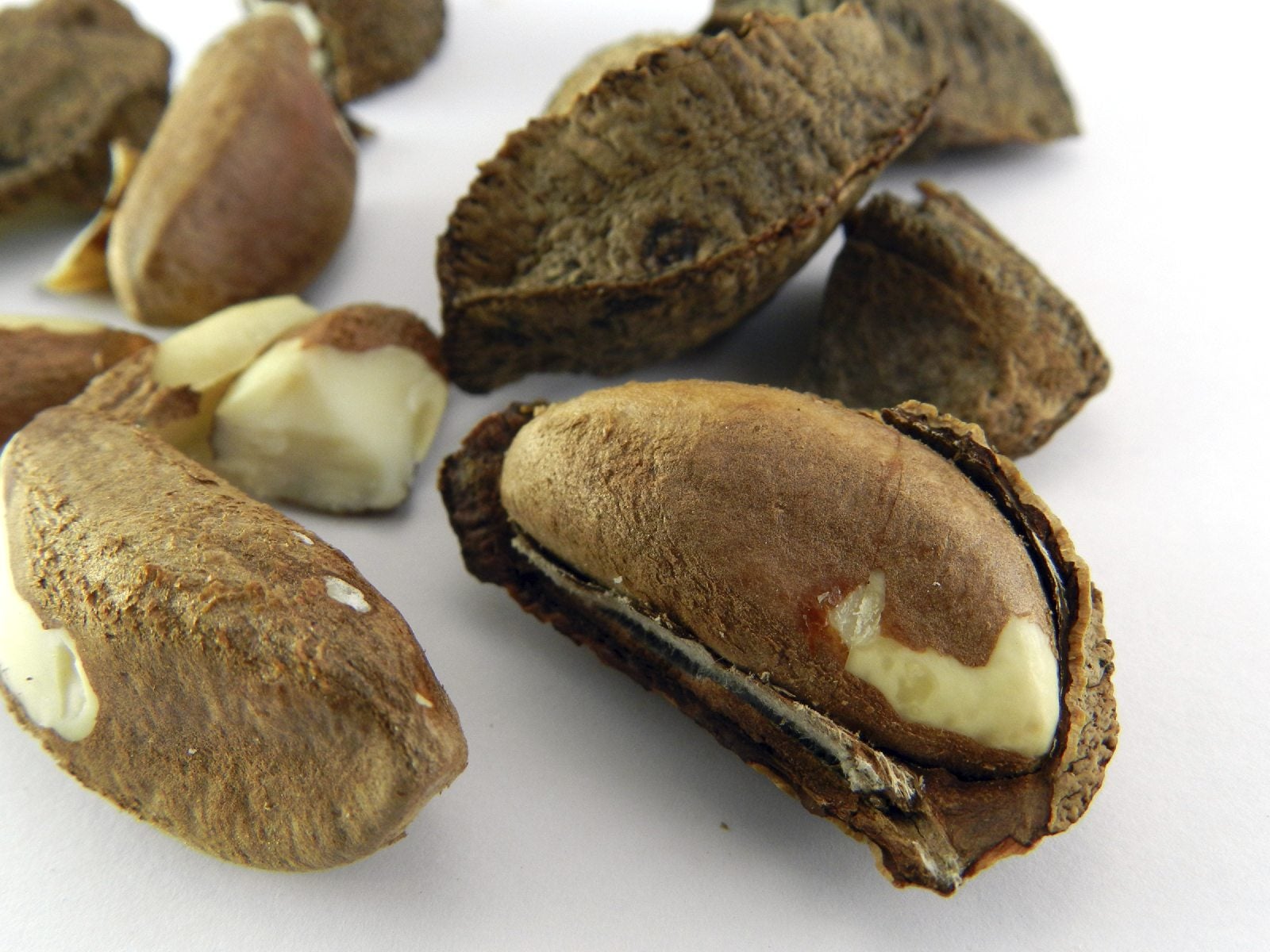Brazil Nut Harvesting: How And When To Harvest Brazil Nuts


Brazil nuts are an interesting crop. Native to the Amazon rainforest, Brazil nut trees can grow to 150 feet (46 m.) tall and produce nuts for centuries. They’re almost impossible to cultivate, however, because their pollination requirements are so specific. Only certain native bees can get into the flowers and cross-pollinate in order to produce the nuts, and these bees are virtually impossible to domesticate. It is because of this, pretty much all the world’s Brazil nuts are harvested in the wild. Keep reading to learn about harvesting Brazil nuts and Brazil nut tree facts.
Brazil Nut Tree Facts
Brazil nut trees are a key element of rainforest preservation. Since their worth comes from harvesting Brazil nuts, which can be done when they fall naturally to the forest floor. Brazil nut trees discourage the slash and burn farming that’s ravaging the rainforest. Together with rubber, which can be harvested without harming the trees, Brazil nuts form a year-long source of low-impact livelihood called “extractivism.” Unfortunately, Brazil nut harvest depends upon a large undisturbed habitat for the trees as well as the pollinating bees and the seed-spreading rodents. This habitat is in serious danger.
How and When to Harvest Brazil Nuts
A lot goes into the development of a Brazil nut. Brazil nut trees flower during the dry season (basically autumn). After the flowers are pollinated, the tree sets fruit and takes a full 15 months to develop it. The actual fruit of the Brazil nut tree is a big seed pond that looks like a coconut and can weigh up to 5 pounds (2 kg.). Since the pods are so heavy and the trees are so tall, you don’t want to be around in the rainy season (usually beginning in January) when they start to fall. In fact, the first step of Brazil nut harvest is to let the pods drop naturally from the trees. Next, gather all the nuts off the forest floor and break open the very hard outer shell. Inside each pod are 10 to 25 seeds, what we call Brazil nuts, arranged in sphere-like segments of an orange. Each nut is inside its own hard shell that has to be smashed before eating. You can break into the shells more easily by first freezing them for six hours, baking them for 15 minutes, or bringing them to a boil for two minutes.
Sign up for the Gardening Know How newsletter today and receive a free copy of our e-book "How to Grow Delicious Tomatoes".

The only child of a horticulturist and an English teacher, Liz Baessler was destined to become a gardening editor. She has been with Gardening Know how since 2015, and a Senior Editor since 2020. She holds a BA in English from Brandeis University and an MA in English from the University of Geneva, Switzerland. After years of gardening in containers and community garden plots, she finally has a backyard of her own, which she is systematically filling with vegetables and flowers.